SSE Revamps Index System to Spotlight Small-Cap Innovation and Attract Long-Term Capital
This article contains content assisted by AI creation.
To better reflect the evolving structure of China's capital markets, the Shanghai Stock Exchange (SSE) and China Securities Index Co. (CSI) announced a major upgrade to their index system, including a revised SSE 380 Index and the launch of a new SSE 580 Index, both effective June 16, 2025.
The reform comes amid an expanding SSE market, where over 60%of listed companies have a market cap below RMB 10 billion. While existing indices such as the SSE 180 and SSE 380 primarily capture large and mid-cap firms, smaller companies have remained underrepresented—posing a challenge for investors seeking a more granular view of market dynamics.
The SSE 580 addresses this gap. Designed as a flagship small-cap index, it includes firms with strong innovation credentials:
30% of its weight comes from the STAR Market
40% from “Little Giants”
50% from private enterprises
60% from emerging industries
The upgraded SSE 380, now positioned as a mid-cap index, improves industry balance and stability. Its average turnover rate dropped by 7.6 percentage points over three years, with constituent coverage rising to 14.7%of SSE's market cap.
Together, the SSE 50, 180, 380, and 580 now form a comprehensive index suite, covering around 90%of SSE market capitalization and 50% of listed securities. This “one body, two wings” framework integrates:
Broad-based indices for size-based allocation
STAR Market indices for tech exposure
Dividend indices for income-focused strategies
For foreign investors, the revamp enhances transparency and facilitates index-based investing, aligning with global asset allocation practices. It also strengthens the role of indices in attracting long-term institutional capital, echoing global trends toward passive and rules-based investment frameworks.
As China pushes toward a more rational, long-term capital market, the enhanced SSE index system offers a clearer map for navigating its complex—and increasingly diversified—equity landscape.











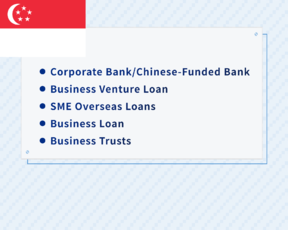













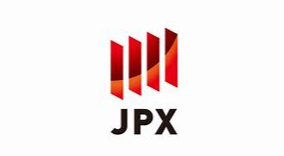
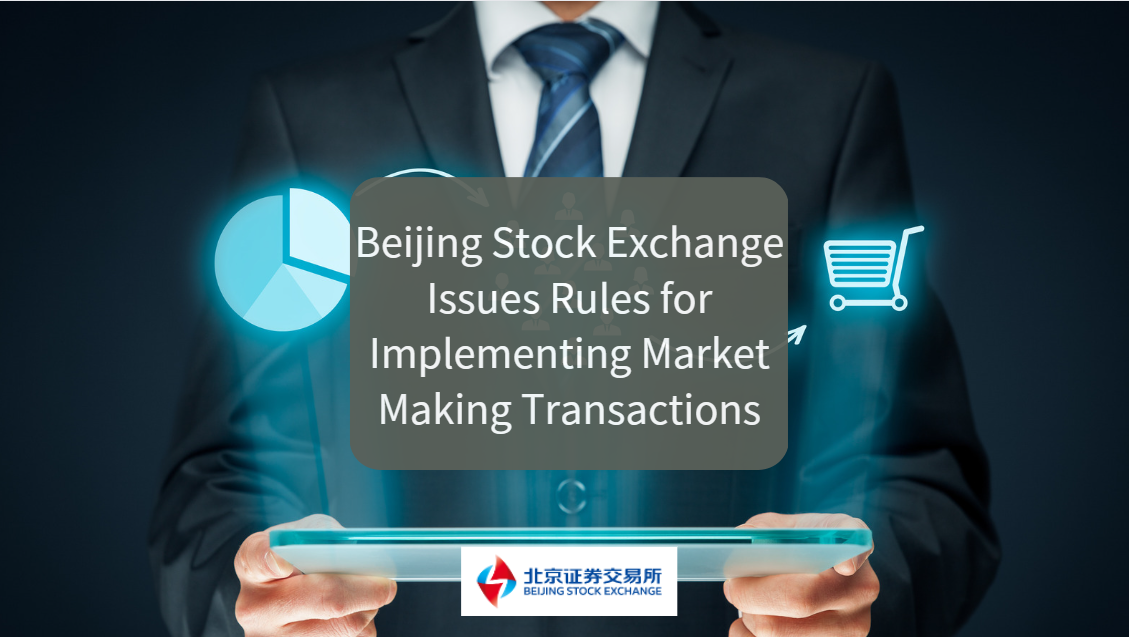
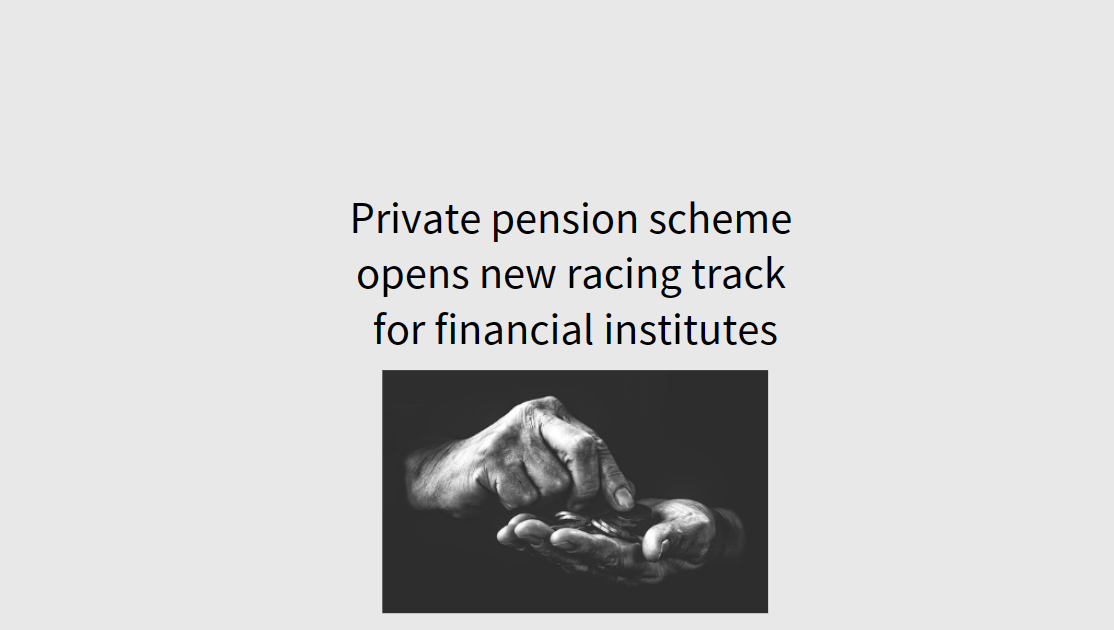
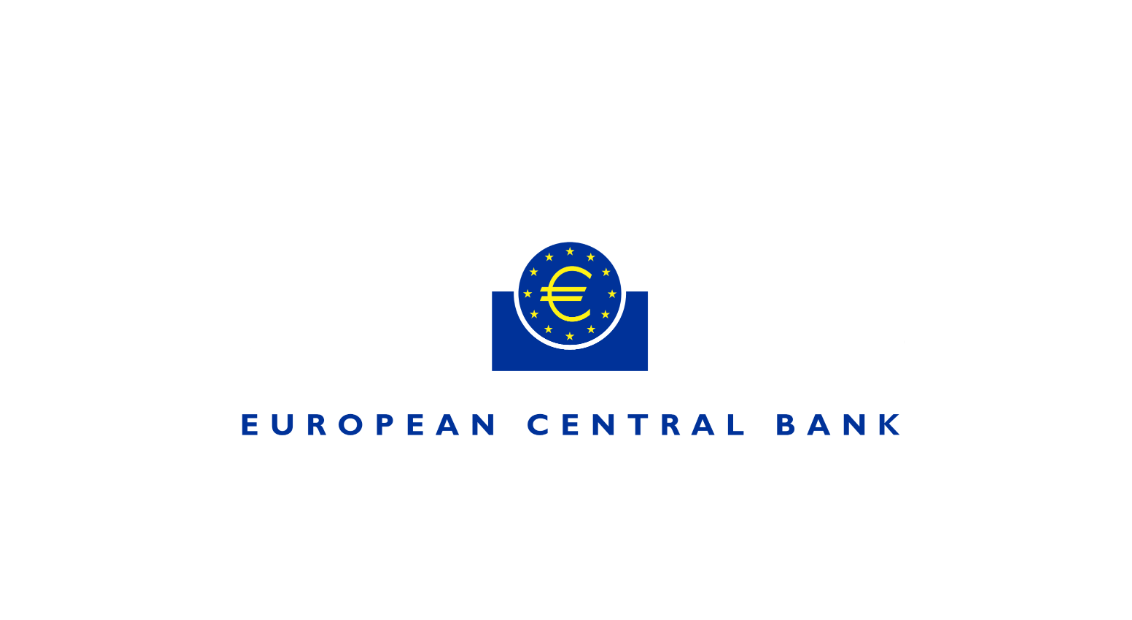
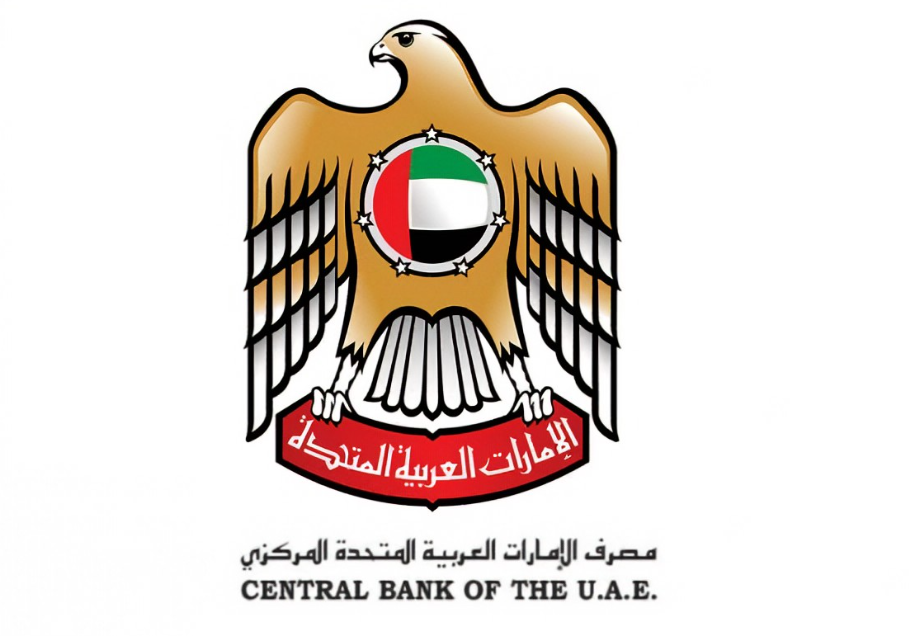

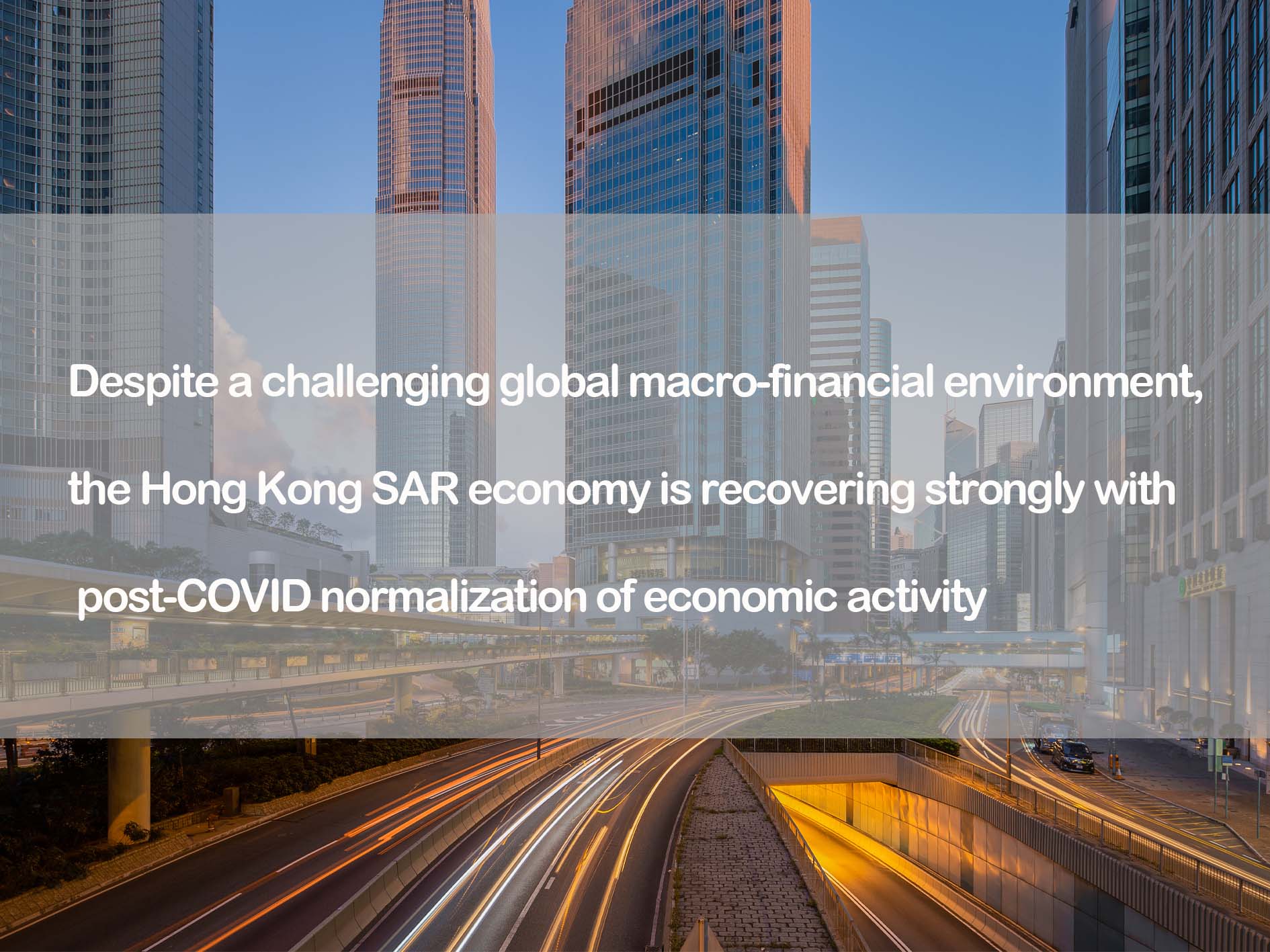
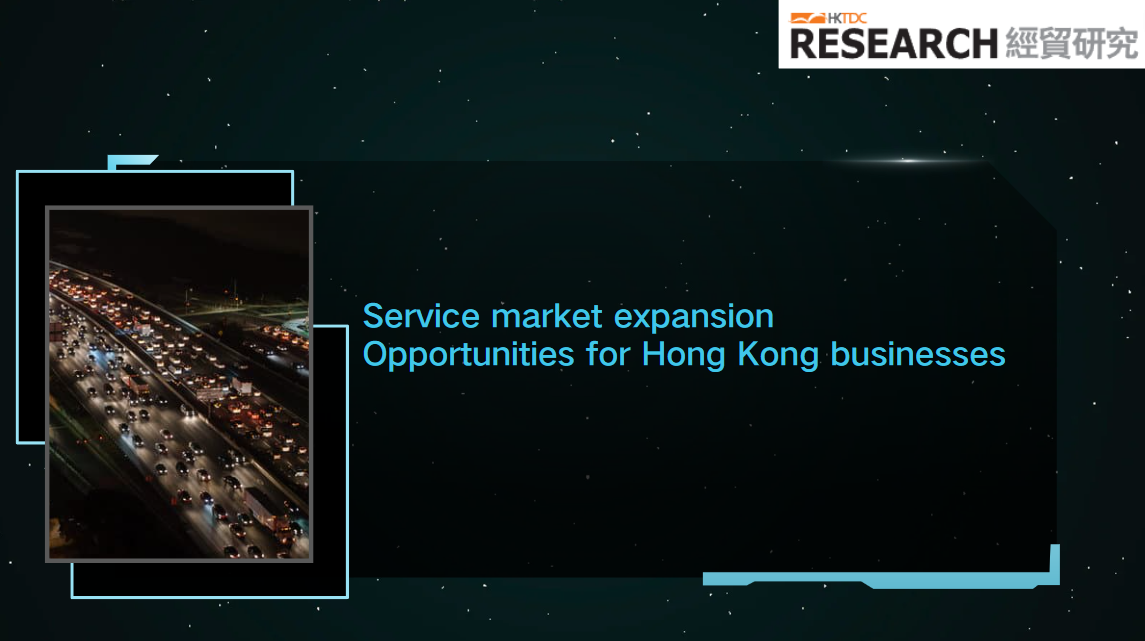
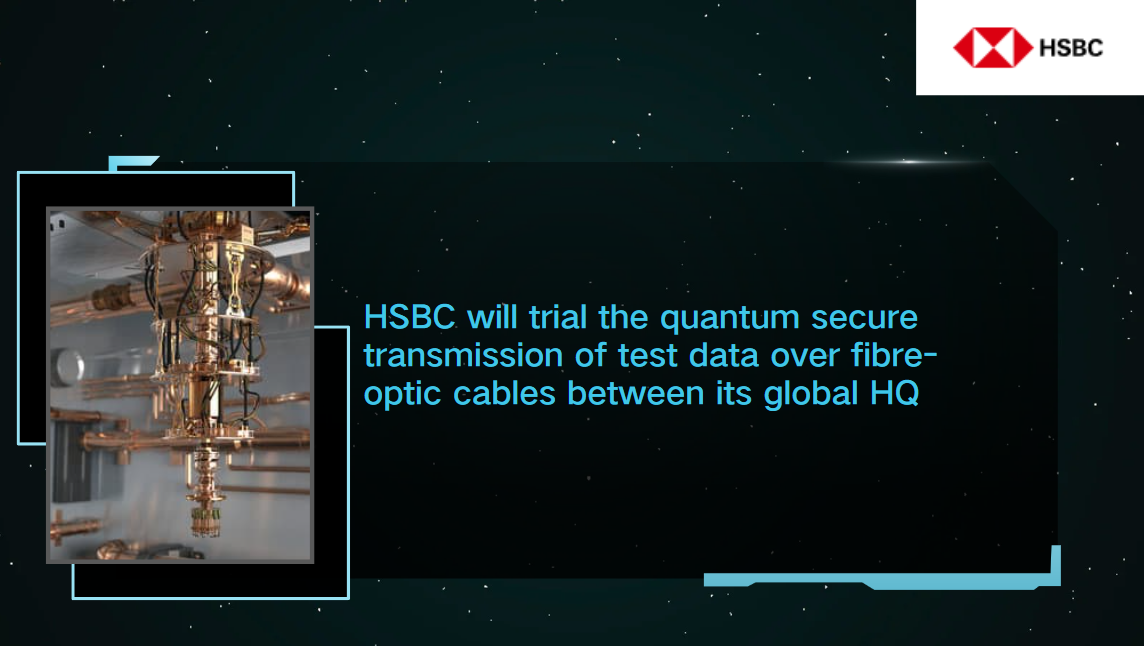
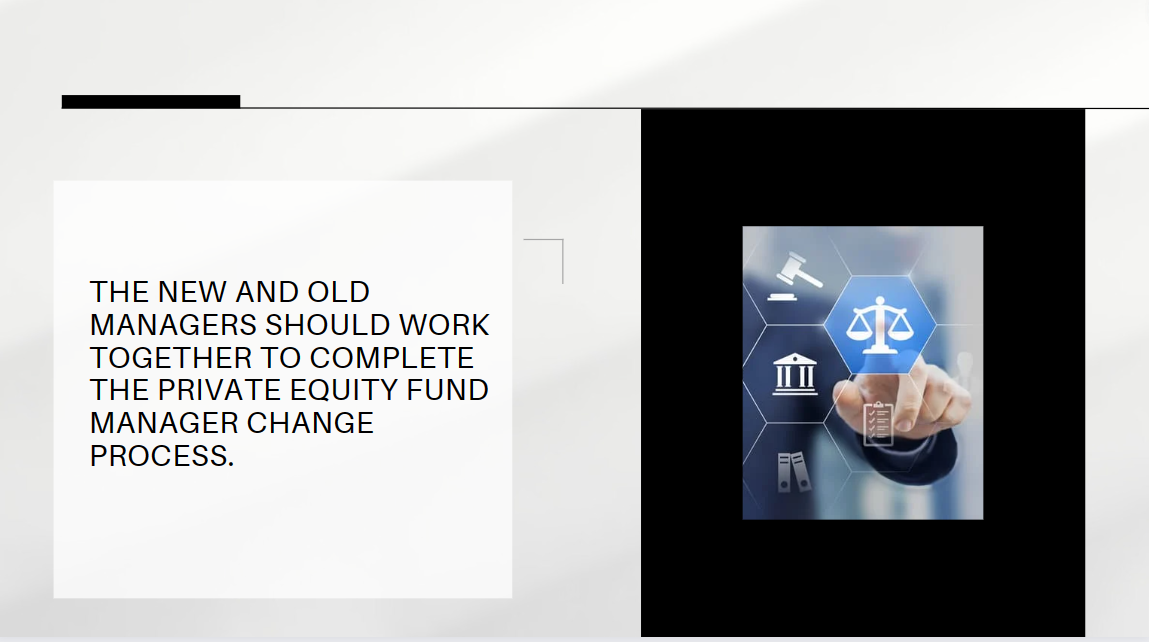
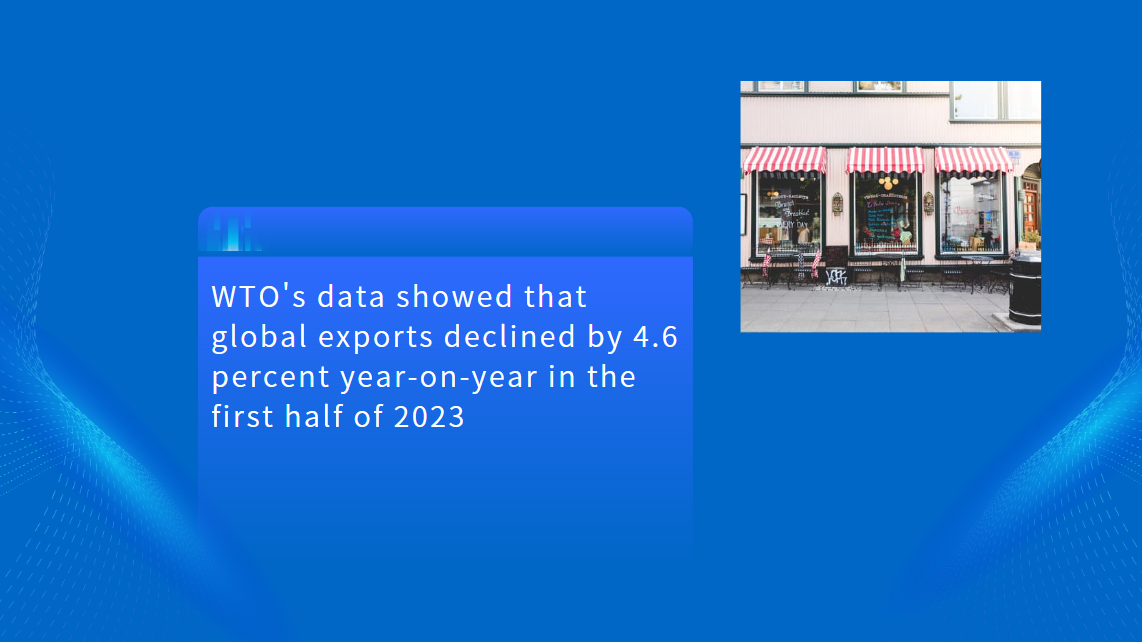
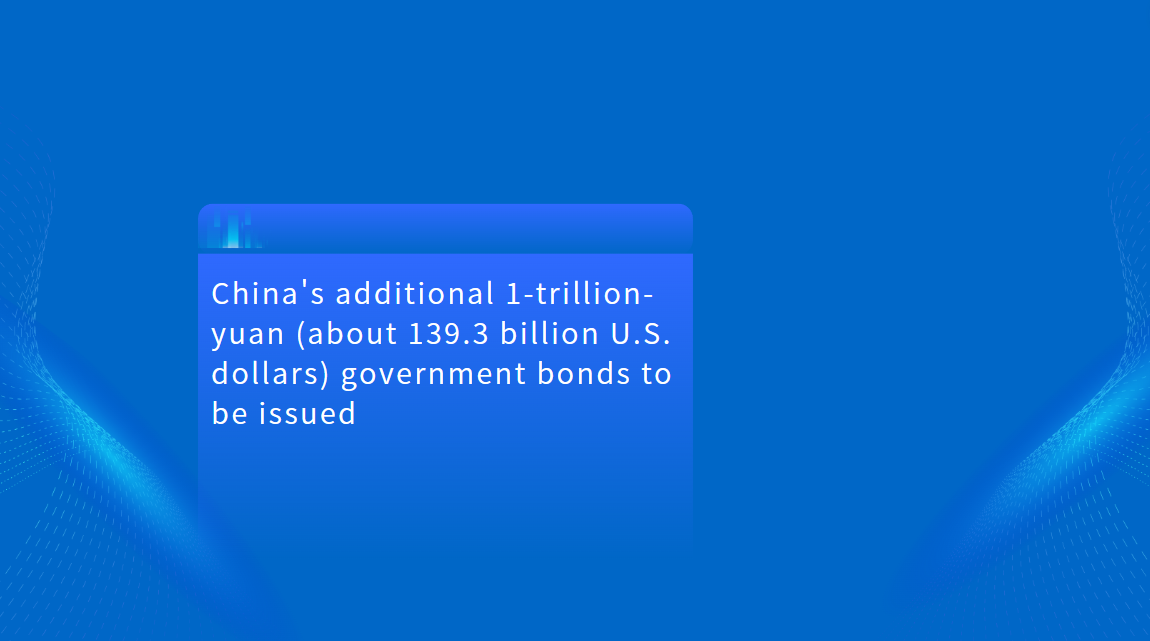

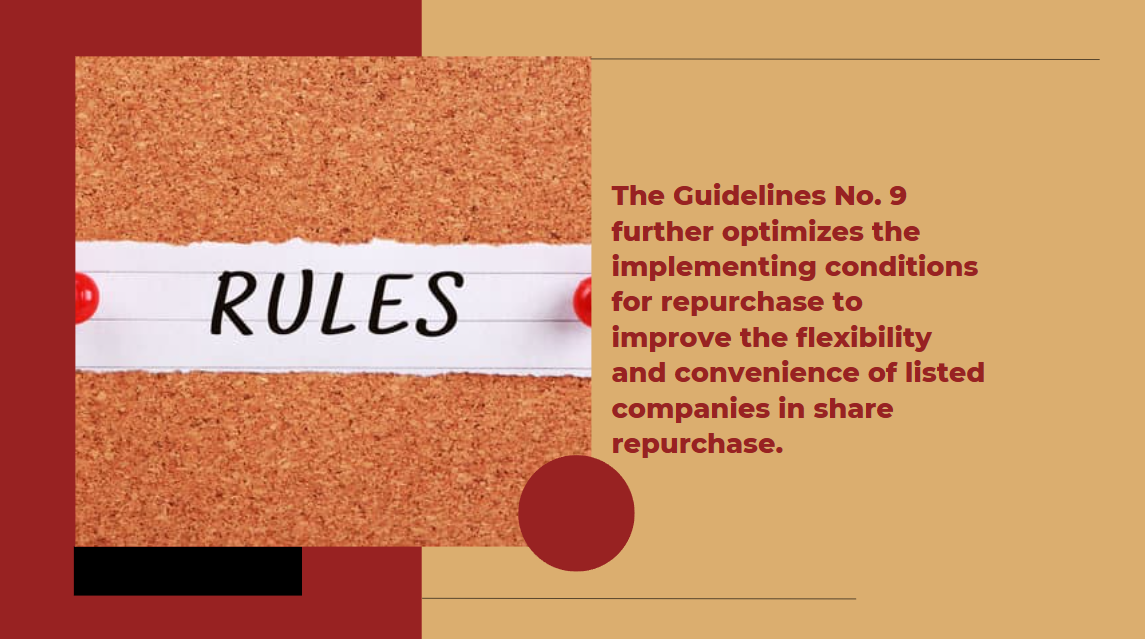













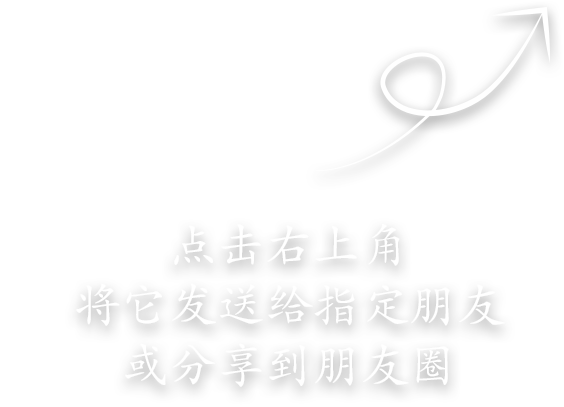
First, please LoginComment After ~